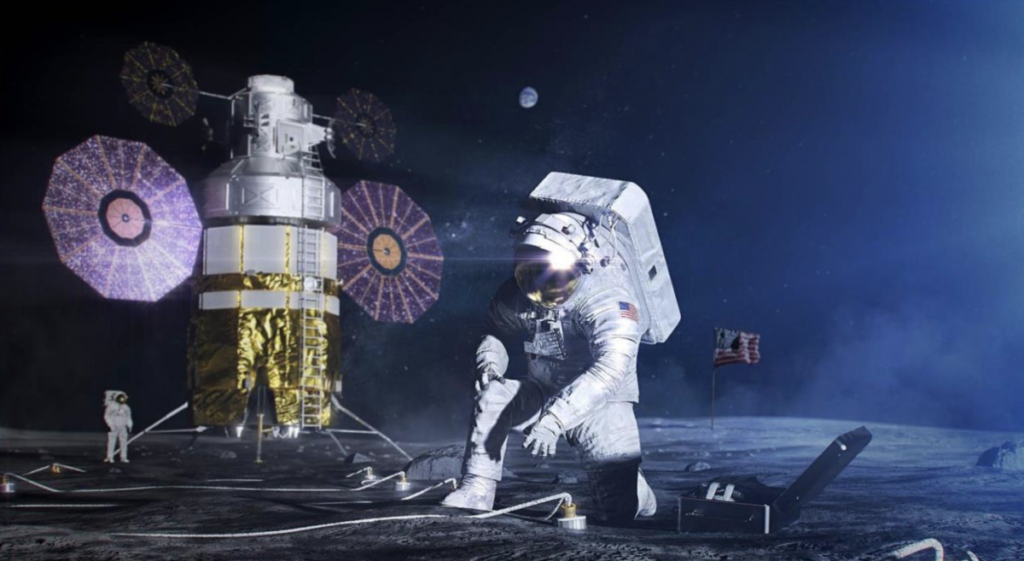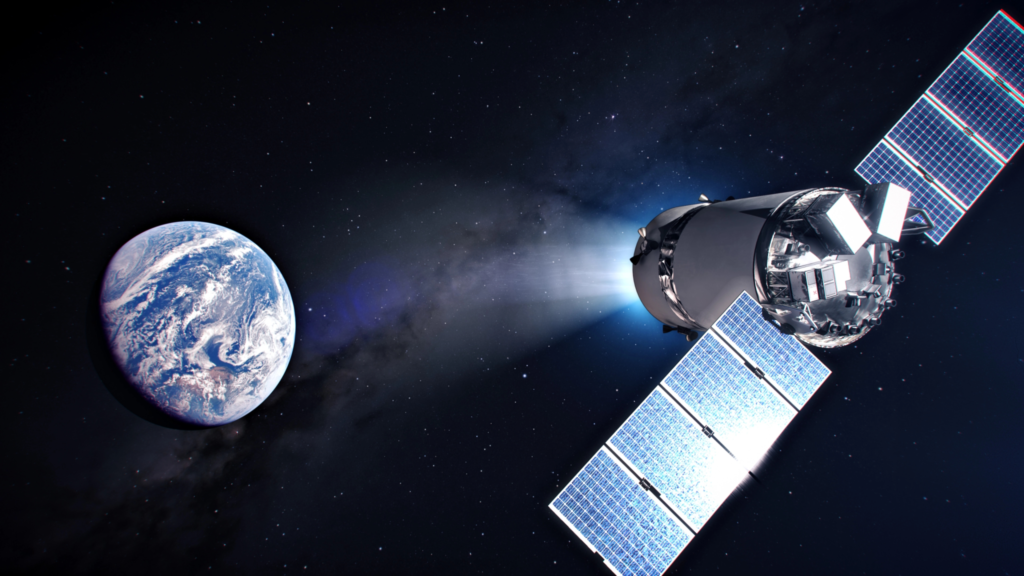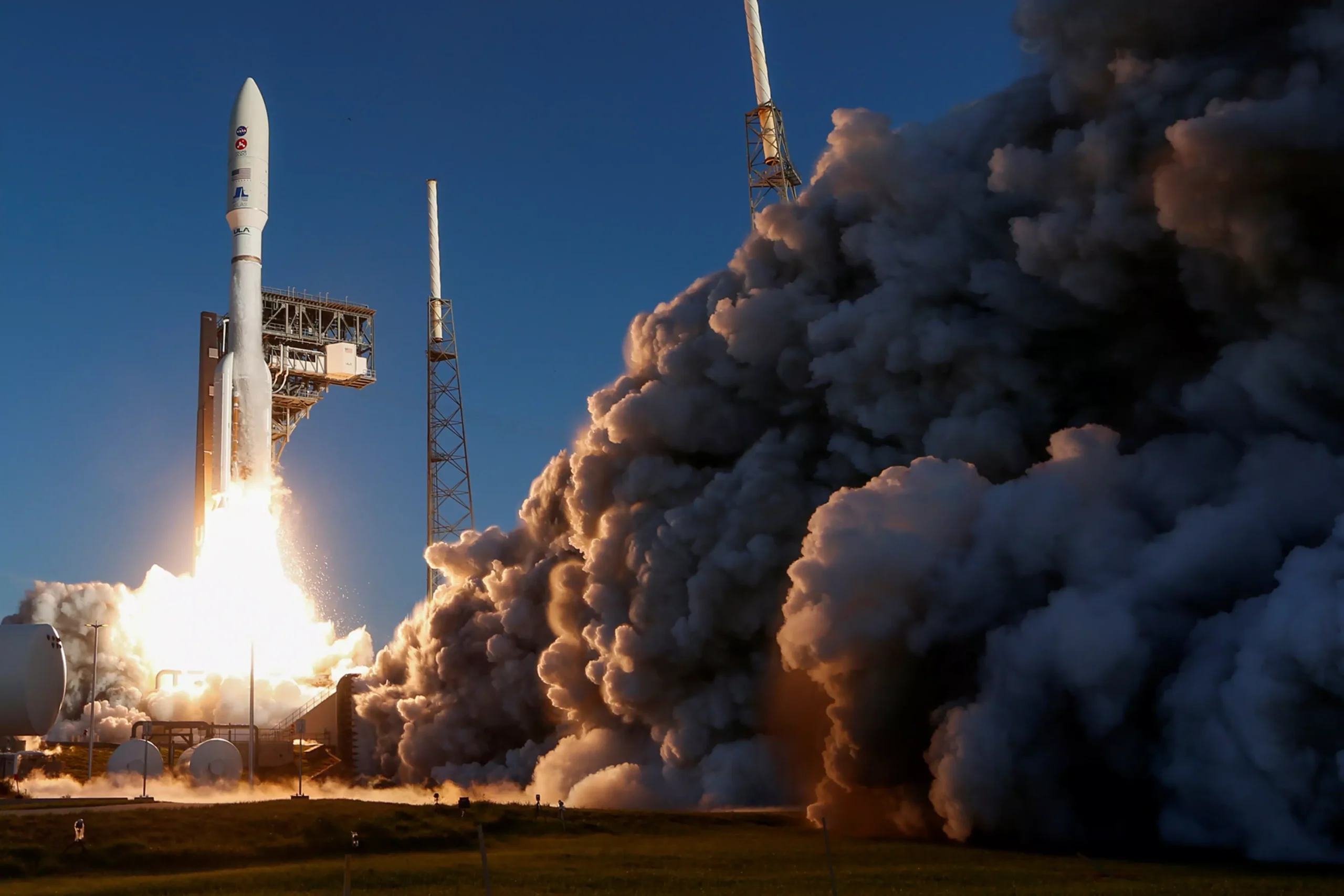The space industry is experiencing a remarkable period of growth and innovation, marked by new missions, groundbreaking achievements, and significant challenges. In recent years, advancements in technology, increased collaboration among nations and private companies, and a growing interest in space exploration have propelled the industry forward, opening up new frontiers and possibilities.
One of the most notable developments in the space industry is the rise of private space companies such as SpaceX, Blue Origin, and Virgin Galactic. These companies have not only demonstrated their capabilities in launching satellites and resupplying the International Space Station (ISS) but have also set their sights on more ambitious goals, including crewed missions to the Moon, Mars, and beyond. SpaceX, for example, has successfully launched and landed reusable rockets, dramatically reducing the cost of space travel and making it more accessible.

Moreover, government space agencies, including NASA, ESA (European Space Agency), Roscosmos, CNSA (China National Space Administration), and ISRO (Indian Space Research Organisation), continue to push the boundaries of space exploration. NASA’s Artemis program aims to return humans to the Moon by 2024, including the first woman and the next man, laying the foundation for sustainable lunar exploration and paving the way for future missions to Mars.
In addition to lunar exploration, Mars remains a focal point for space agencies and private companies alike. NASA’s Perseverance rover, which landed on Mars in February 2021, is tasked with searching for signs of past microbial life, collecting samples for future return missions, and demonstrating new technologies for future human missions. SpaceX founder Elon Musk has outlined ambitious plans for colonizing Mars, envisioning a self-sustaining human settlement on the Red Planet within the next few decades.
However, the pursuit of these ambitious goals is not without its challenges. One of the most significant challenges facing the space industry is the need for sustainable and reliable transportation systems for crewed missions beyond low Earth orbit. The long-duration space travel required for missions to the Moon and Mars presents numerous technical and physiological challenges, including radiation exposure, bone and muscle atrophy, and psychological effects.
Furthermore, the increasing congestion in Earth’s orbit poses a growing threat to space missions, satellites, and spacecraft. The proliferation of space debris, resulting from defunct satellites, spent rocket stages, and collision fragments, poses a significant risk to active satellites and spacecraft, as well as to astronauts aboard the ISS. Efforts to mitigate this threat include the development of debris removal technologies, international guidelines for space debris mitigation, and the adoption of responsible space practices by satellite operators and launch providers.
Another challenge facing the space industry is the need for international collaboration and coordination to ensure the peaceful and sustainable use of outer space. As more countries and commercial entities become spacefaring nations, there is a growing need for transparent communication, cooperation, and conflict resolution mechanisms to prevent misunderstandings, collisions, and conflicts in space.

Despite these challenges, the future of the space industry looks promising, with new missions, achievements, and discoveries on the horizon. From exploring the Moon and Mars to unlocking the mysteries of the universe, humanity’s journey into space continues to inspire awe and wonder, pushing the boundaries of what is possible and expanding our understanding of the cosmos.
In conclusion, advancements in the space industry have opened up new opportunities for exploration, innovation, and collaboration. From private space companies to government space agencies, stakeholders are working together to overcome challenges, achieve milestones, and unlock the full potential of space exploration. As we look to the future, the possibilities are limitless, with the promise of new discoveries, technologies, and adventures awaiting us beyond the stars.

